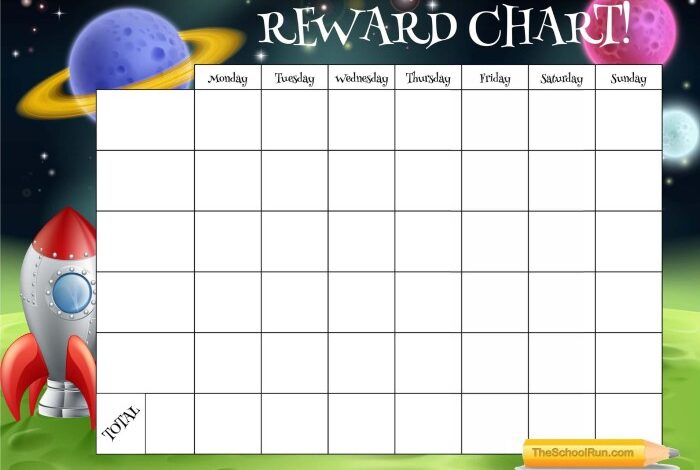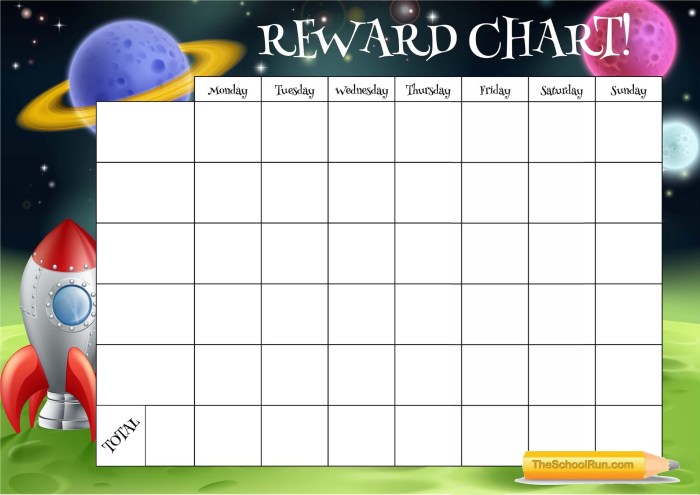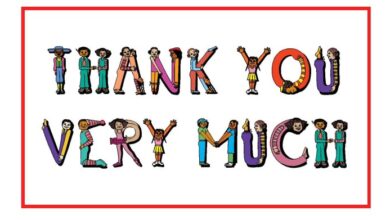
Parent Reward Charts: Everyone Wins!
Parent reward charts everyone wins are a revolutionary approach to family motivation that goes beyond individual achievements and focuses on fostering a collaborative and supportive environment. Instead of rewarding individual accomplishments, these charts celebrate shared successes and teamwork, creating a positive and encouraging atmosphere for the entire family.
By shifting the focus from competition to cooperation, “everyone wins” reward charts promote a sense of unity and shared responsibility, encouraging family members to work together towards common goals. This approach not only strengthens family bonds but also teaches valuable life lessons about teamwork, empathy, and the importance of supporting one another.
Reward Ideas for “Everyone Wins” Charts

Reward charts are a fantastic tool for motivating kids and fostering a sense of accomplishment. But what about rewards that encourage family bonding and teamwork? That’s where “Everyone Wins” charts come in. These charts celebrate collective effort and recognize the contributions of each family member.
Rewards for Family Bonding and Teamwork
Rewards for “Everyone Wins” charts should encourage family bonding and teamwork. These rewards can be experiences, activities, or privileges that everyone can enjoy together.
- Family Game Night:A classic way to spend quality time together. Choose a game everyone enjoys, or try a new one as a family.
- Movie Night with Popcorn and Treats:Cuddle up on the couch and enjoy a movie together. Make it extra special by popping popcorn and preparing some yummy snacks.
- Picnic in the Park:Pack a lunch and head to the park for some fresh air and fun. Play games, fly a kite, or simply relax and enjoy the sunshine.
- Family Day Trip:Plan a day trip to a local attraction, museum, or zoo. Make it a memorable experience by creating a scavenger hunt or taking photos along the way.
- Family Volunteer Project:Choose a cause that resonates with your family and volunteer together. This is a great way to give back to the community and teach kids the importance of helping others.
Rewards for Different Interests and Ages
When choosing rewards, it’s essential to consider the interests and ages of each family member. This ensures everyone feels valued and engaged.
- Younger Children:Younger children might be more excited about tangible rewards like stickers, small toys, or extra bedtime stories.
- Older Children:Older children may prefer experiences like going to the movies, playing video games, or attending a concert.
- Teens:Teens might be motivated by rewards like extra screen time, a later curfew, or a special outing with friends.
- Adults:Adults may appreciate rewards like a night out with their partner, a relaxing massage, or a gift card to their favorite store.
Aligning Rewards with Family Values and Goals, Parent reward charts everyone wins
Rewards should align with your family values and goals. This ensures that the rewards are meaningful and support the positive behaviors you want to encourage.
- Family Time:If family time is a priority, consider rewards that involve spending time together.
- Learning and Growth:If you value learning and growth, consider rewards like attending a workshop, taking a class, or reading a book together.
- Health and Wellness:If you prioritize health and wellness, consider rewards like a family hike, a healthy cooking class, or a trip to the spa.
- Giving Back:If you value giving back to the community, consider rewards like volunteering at a local charity or donating to a cause your family supports.
Implementing “Everyone Wins” Reward Charts: Parent Reward Charts Everyone Wins
Reward charts are a valuable tool for encouraging positive behavior in children, but traditional charts often focus on individual achievements. “Everyone wins” reward charts take a different approach, emphasizing cooperation and family unity. By creating a shared goal and rewarding everyone’s efforts, these charts foster a sense of teamwork and shared success.
Involving Children in the Design Process
Engaging children in the design and implementation of the reward chart is crucial for fostering ownership and enthusiasm.
- Brainstorming:Start by involving children in brainstorming ideas for the chart’s theme, design, and rewards. This could involve choosing a favorite character, color, or activity.
- Visual Representation:Allow children to help create the chart visually, whether by drawing, coloring, or using stickers. This hands-on involvement enhances their sense of ownership.
- Reward Selection:Involve children in selecting rewards that are meaningful and motivating. These could include special privileges, outings, or small gifts.
Setting Clear Expectations and Goals
Clearly defining the behaviors you want to encourage and the rewards for achieving them is essential for success.
- Specific Behaviors:Identify specific behaviors you want to see, such as completing homework, helping with chores, or practicing good manners.
- Measurable Goals:Set clear, measurable goals for each behavior. For example, “Complete homework without complaining for three consecutive days.”
- Visual Representation:Use visual aids, such as stickers, checkmarks, or progress bars, to track progress toward goals.
Maintaining Motivation and Consistency
Maintaining motivation and consistency is key to the effectiveness of reward charts.
- Regular Review:Review the chart regularly with children, discussing progress and acknowledging their efforts.
- Positive Reinforcement:Use positive reinforcement, such as verbal praise and encouragement, to motivate children.
- Reward Delivery:Deliver rewards promptly and consistently when goals are met. This reinforces the connection between positive behavior and rewards.
Parent reward charts are all about finding that sweet spot where everyone wins. It’s not just about the kids getting stickers for good behavior, but also about creating a sense of shared accomplishment. I think about how my daughter loved decorating her room with a little painted chandelier she made with me.
That feeling of working together, of seeing her vision come to life, is the real reward. It’s the same with reward charts – it’s about building those positive memories and creating a happy, cooperative home.
Parent reward charts can be a great way to motivate everyone in the family to pitch in, especially when it comes to those big cleaning projects. Tackling spring cleaning can feel overwhelming, but with a little teamwork and a few over 100 spring cleaning tips and tricks up your sleeve, you can make it a fun and rewarding experience for everyone.
And remember, a clean house is a happy house, and a happy house is a house where everyone wins!
Parent reward charts can be a fun way to motivate kids, but sometimes it’s nice to have a little fun with the rewards themselves. Why not make the reward a creative project like organizing your daughter’s hair bows? Check out these 7 ideas for hair bow holders and let your child choose their favorite.
The joy of a successful project will be a reward in itself, and you’ll have a neat and organized space for all those beautiful bows.





